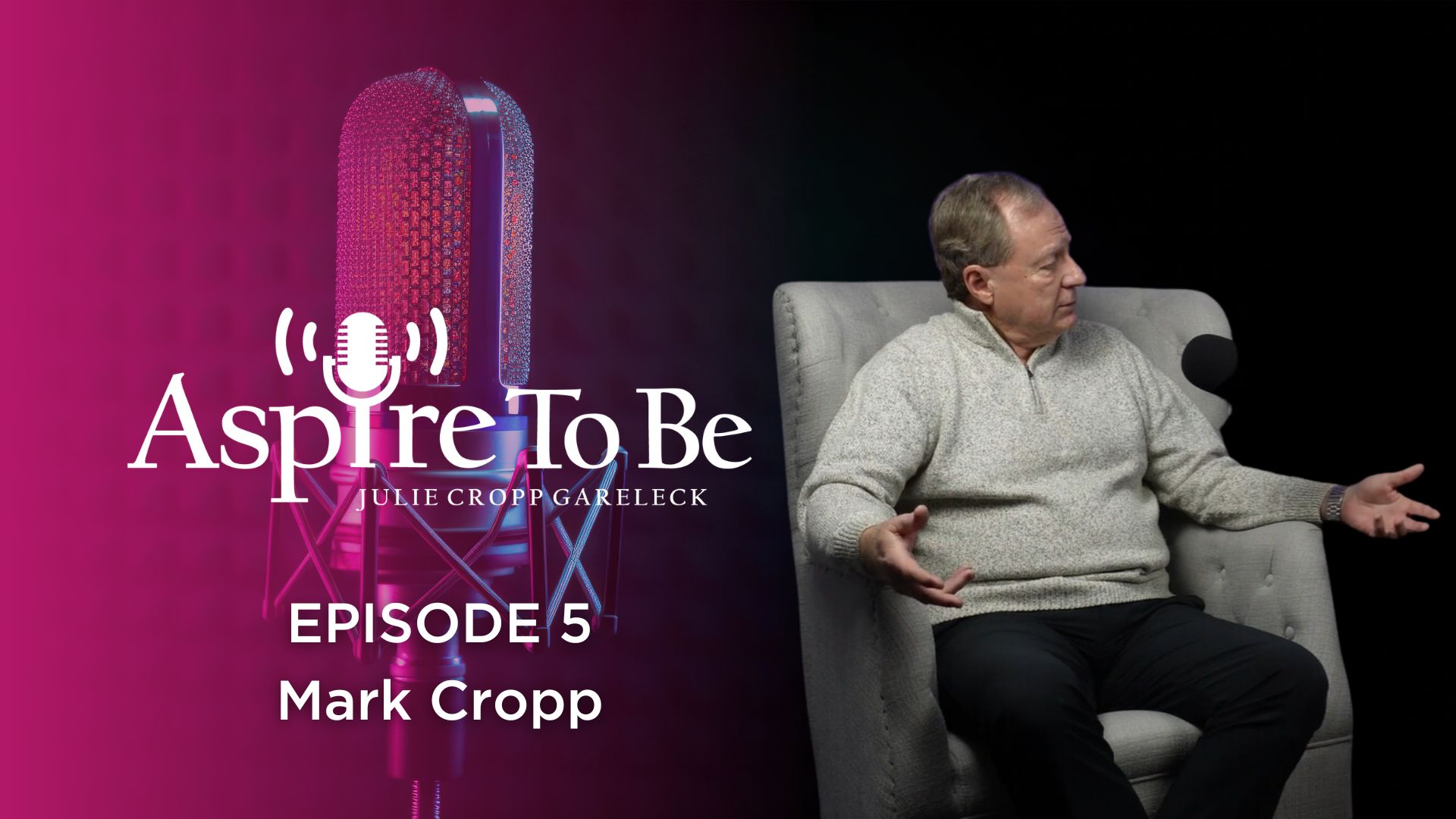
It’s Not Personal…or Is It?
In Search of a Target Audience
Ask any small business owner if they went into business to become an armchair marketer. Marketing requires that you know where to connect with your customers or how to expand your business. Finding and understanding your audience is where many small businesses hit a stumbling block. Regardless of your business segment, it’s critically important to understand who your business serves. Determining your audience helps to find the right fit and prevents wasted spending on ads or misaligned social media campaigns.
The first step in finding your audience is to understand who is most likely to purchase your product or service. Don’t confuse a target market with a target audience. A target market encompasses anyone that might purchase your product. A target audience is a smaller group within your target market that is defined by specific demographics and behavior. The target audience is your intended reach for marketing.
Finding Your Target Audience
Some examples of demographics that you may consider include gender, age, profession, location, income, and marital status. These are the most commonly considered details that help you to understand the different personas in your target audience. It helps to create “buyer personas“ to further understand the motivations and needs of your customers. These fictional personas capture specific details of your target audience, where 3 to 5 personas should cover the most common personalities.
For example, a health and fitness center could create a few personas around the guests that buy fitness passes annually. Each fictional guest includes details from a survey of the actual members’ demographics. “Natalie“ is a 30 year-old member who joined on January 1, and hasn’t set foot on the property since January 15. “Alex“ is a 50 year-old early riser who is a five-year customer, and has sporadic attendance since he is always hurt. Creating specific buyer personas helps to hone communication, and to understand how to tailor your message.
It’s also helpful to understand:
- What needs or pain points your service/product solves
- The similarity in your target audiences to competitors
- Research around your existing customers
When you identify the value of your product or service to your customers, it becomes easier to know where to look for new customers. Revisiting your demographics makes sure that you’re on the right track with your existing audience. Sometimes it’s just as valuable to learn who is not your target audience, and to establish a deeper understanding of your current customer base.
Let’s Get Personal
It’s worth getting to know your audience, because personalization in marketing can improve the ROI by 5 to 8 times on total spend, where sales have the potential to be lifted by 10% or more.
While customer data and the timing of messages is important, content is still queen. It is possible to tailor messages to your target audience. Customers have an expectation for a brand to know who they are, and even to understand what is important to them. Maximize communication in a coordinated strategy that is sustainable and high quality. Since you know the audience, the next step is establishing your online presence through the social channels chosen by your target audience.
Determining your audience is well worth the effort. Minimally, an audit of existing demographics, a deep dive into your competition, and a holistic view of problems to be solved will clarify this target audience. Once this comes into view, your trajectory as a business and customer communications will fall into place.



